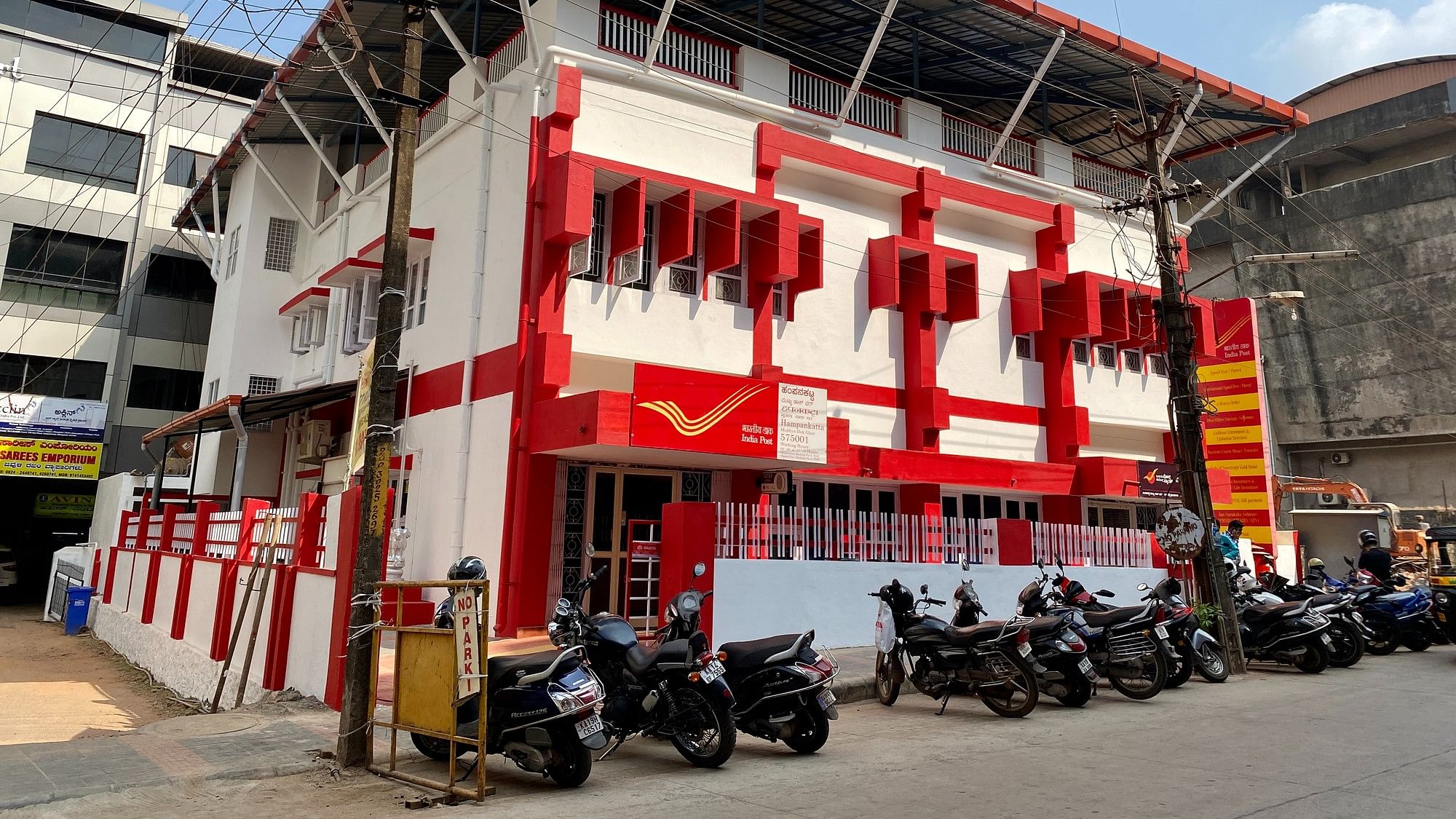
Image for representation
Credit: iStock Photo
Transport decarbonisation will play a critical role in India’s net-zero target by 2070. Given this, exploring clean technologies and efficient low-carbon strategies is the need of the hour. The focus should be on the development of an integrated, efficient, inclusive, and clean transport system, with a notable focus on electrification across various modes, signalling a push towards zero-emission vehicles.
In today’s world, vehicle electrification stands as a forefront technological advancement, crucial for achieving zero-tailpipe emissions, and plays a pivotal role in the global effort to decarbonise the road transport sector. The Government of India, along with state governments, is aggressively pushing for electric vehicles (EVs) through policy, and fiscal and infrastructure support. Steps such as waving registration fees, lower Goods and Services Tax (GST) rate for new EVs, and central schemes such as the Faster Adoption and Manufacturing of (Hybrid and) Electric Vehicles (FAME-I and II), and the Production Linked Incentive (PLI) schemes acted as catalyst for the faster adoption of EVs.
The focus has been on purchase incentives, charging infrastructure creation, promotion of domestic manufacturing through indigenisation of components, and standardisation in the EV ecosystem. Financial institutions like the Small Industrial Development Bank of India (SIDBI) are also supporting the transition of the micro, small, and medium enterprise (MSME) sector by conceptualising the funding cycle that encourages affordable lending in the EV market by addressing financiers’ risks.
As a result, India witnessed million-plus EV sales in the last two years, particularly driven by the two-wheeler, three-wheeler, and passenger car segments. Growth in the e-bus segment has played a crucial role in the indigenisation of the EV supply chain. The freight segment, however, which contributes substantially to road emissions, continues to lag compared to the passenger segment. As per a TERI analysis and deployment of EVs for freight activities, cost savings are highest in the commercial segment as utilisation is highest in this segment, as the operator gains maximum by running more kilometres.
Of late, vehicle manufacturers have introduced multiple commercial EV models, including three-wheelers and four-wheelers. These models offer an impressive range and enhanced load capacity, making them a viable alternative to conventional fuel vehicles, providing opportunities for both cost and emission savings.
One of the most optimum ways to spread across to a larger extent and a quick turn-around is to encourage large fleet owners to transition their current ICE fleet to electric and contribute to achieving 30% EV market share by 2030. Large fleet owners have the potential to test, scale up, and inspire other fleet operators to adopt EVs. Organisations like government departments, e-commerce, and FMCG companies have the potential to upgrade and transform their current ICE fleets to EV counterparts. Deployment of centralised charging infrastructure at the depots and hubs along with having defined routes with a measured daily run during the operation enable this transition to be smoother and more cost-effective offering long-term financial and environmental benefits.
A recent study by TERI aimed to assess the feasibility of transitioning the fleet of the Department of Post (DoP) to EVs. The mail-motor service (MMS) division of the DoP, which handles operating and maintaining vehicles, services the collection and conveyance of posts, parcels, and cash. With an extensive network of over 1.6 lakh post offices and a fleet of about 2,000 vehicles, the DoP plays a crucial role in enabling efficient post and parcel deliveries across the nation. The study was conducted in six major cities — Delhi, Mumbai, Kolkata, Chennai, Hyderabad, and Ahmedabad — and it was found that the EV transition could yield substantial cost and emission savings.
Similarly, multiple countries, including Austria, Japan, France, and Singapore, are actively transitioning their postal fleets to EVs. Many countries have committed to net-zero deliveries or fleet electrification. For instance, within its first year of operations, the Royal Mail's all-electric fleet in Bristol achieved a 73% reduction in fuel costs, a 37% decrease in maintenance costs, and reduced fleet emissions by 29 tonnes of Carbon dioxide equivalent (CO2e). A three-year return on investment and 8-9-year lifecycle savings are also expected.
It is abundantly clear that EVs have become a viable option and match with ICE vehicles in terms of duty cycle, payload capacity, and in some cases upfront cost. A defined area of operations makes the transition more feasible and smoother for organising movement patterns and last-mile deliveries. The DoP can leverage the availability of space and infrastructure for setting up charging stations and solar rooftops for clean electricity to charge EVs.
A phased, vehicle category-wise transition could make India’s logistics operation a model of excellence with considerable cost reduction. By charting a path towards electrification, these large fleet operators especially government departments like the DoP could lead by example in India’s freight transition towards electrification and set a benchmark for other sectors to follow contributing to the national aim of Viksit Bharat by 2047.
(Faiz Jamal, associate fellow, The Energy and Resources Institute (TERI); and Priti Shukla, programme manager, Shakti Sustainable Energy Foundation.)
Disclaimer: The views expressed above are the authors' own. They do not necessarily reflect the views of DH.